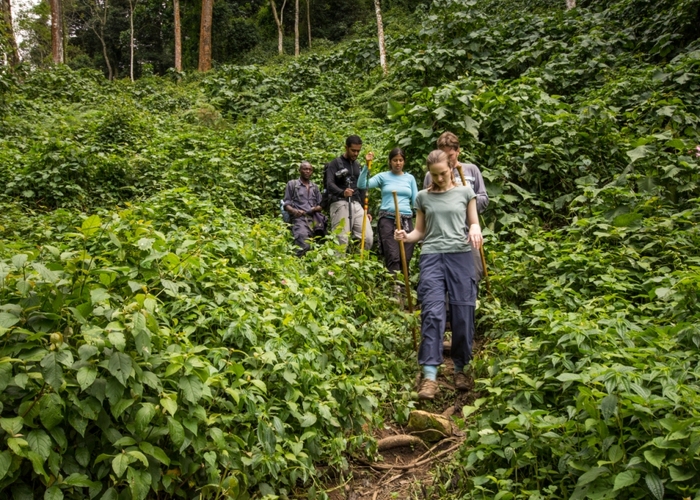
KAMPALA — For millions of years, the Earth has been cherishing all forms of life that exist on it.
However, March 3 is all about the Wildlife. The day celebrates the beautiful and varied forms of wild flora and fauna and raises awareness of the multitude of benefits that their conservation provides to people.
The day is being celebrated under the theme: “Forests and livelihoods: sustaining people and planet.”
According to Wild Wild Fund for nature, WWF over 800 million people live in tropical forests and savannahs in developing countries — close relationship with these natural systems.
In an interview, WWF country director David Duli rallied the public reflect on the importance of forest-based livelihoods to promote forest and forest wildlife management models and practices that accommodate both human well-being and the long-term conservation of forests, forest-dwelling species of wild fauna and flora and the ecosystems they sustain, and promote the value of traditional practices and knowledge that contribute to establishing a more sustainable relationship with these crucial natural systems.
He also rallied stakeholders to to involve the indigenous people and rural communities with knowledge and experience in the use and conservation of forest ecosystems.
World Wildlife Day Significance:
The animals and plants that live in the wild have an intrinsic value and contribute to the ecological, genetic, social, economic, scientific, educational, cultural, recreational, and aesthetic aspects of human well-being and to sustainable development.
However, humankind has been failing to recognise its worth.
Therefore, the day reminds us about the urgent need to step up the fight against wildlife crime and human-induced reduction of species, which have wide-ranging economic, environmental, and social impacts.
“Forests and woodlands have an important environmental role and provide essential services for hundreds of millions of people. They sustain the resources so many communities around the world rely on for their livelihoods, as well as the broader food security, climate regulation and economic stability for the entire world,” said WWF’s Rita Kyategeka.
She explained that celebrating these livelihoods and seeking to learn from those who live directly from and within forests will “allow us not only to highlight the critical importance of forests for humanity and for the planet, but also to discuss how we can make our relationship with them and all the wildlife species they harbor more sustainable”.
Uganda’s threatened species
In south-western Uganda, at the junction of the plain and mountain forests, Bwindi Impenetrable National Park covers 32,000 ha and is known for its exceptional biodiversity including the world’s last remaining mountain gorilla.
Bwindi, Virunga National Park and Kahuzi-Biega National Park sites together capture almost the entire Eastern Gorilla population.
Such centres are key for sustaining people on the planet, which is why we need to ensure that many of these sites are protected from increasing threats.
Forests, forests species and the livelihoods that depend on them currently find themselves at the crossroads of multiple planetary crises we currently face, from climate change, deforestation to biodiversity loss and the health, social and economic impacts of the COVID-19 pandemic.







